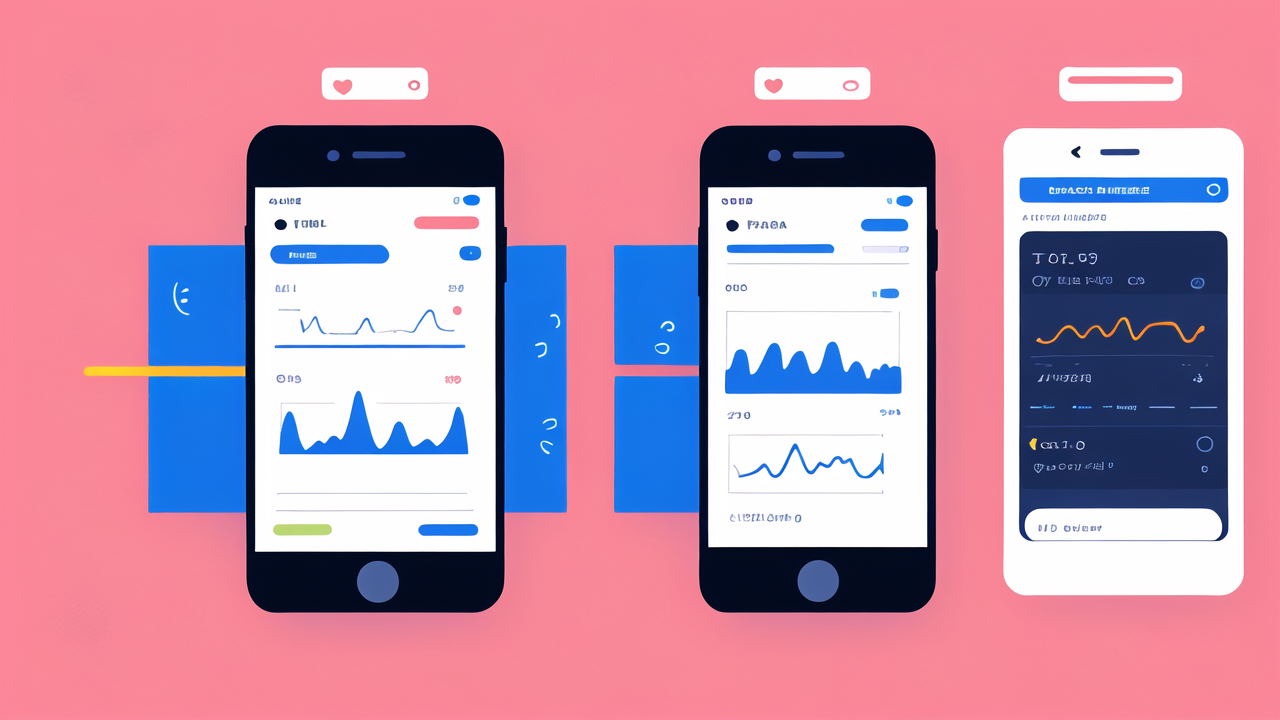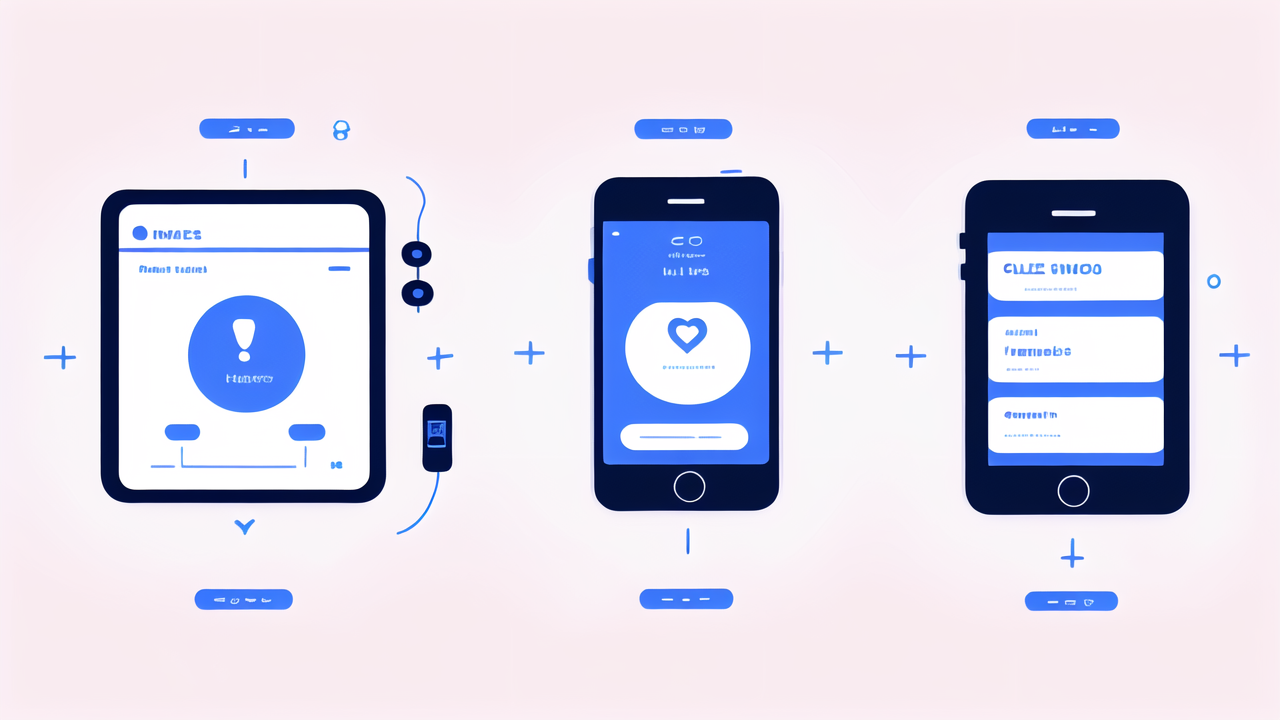Understanding the Smart Watch Boom: A Look at Consumer Adoption Trends
The Rise of Smart Watch Use Among Health-Conscious Consumers
Smart watches have become a must-have gadget for fitness fans in the US. These cool devices are more than just time-keepers. They're like tiny fitness coaches on your wrist. People love how easy they make it to track health goals. From steps to heart rate, smart watches keep tabs on it all.

The appeal is clear. Smart watches offer real-time data about our bodies. This info helps users make better health choices. They can see how active they've been or how well they've slept. This instant feedback motivates many to stick to their fitness plans.
Smart watches also fit seamlessly into our daily lives. They're not bulky or hard to use. Many models look stylish too. This mix of function and fashion has won over many consumers.
Analyzing the Growth of the Smart Watch Market in the US
The smart watch market in the US has seen huge growth in recent years. Sales figures show a clear upward trend. More and more Americans are choosing to wear these high-tech timepieces.
Several factors drive this growth. First, there's more variety in the market. From basic models to luxury options, there's a watch for every budget. Second, prices have become more competitive. This makes smart watches more accessible to a wider range of consumers.
Tech giants and startups alike are investing in smart watch tech. This competition leads to rapid innovation. Each new model offers more features and better performance. As a result, consumer interest continues to grow.
The COVID-19 pandemic also boosted smart watch adoption. With gyms closed, many turned to at-home fitness solutions. Smart watches offered a way to track workouts and stay motivated during lockdowns.
Key Features of Top-Selling Smart Watches for Fitness Enthusiasts
Advanced Metrics and Sensors for Accurate Fitness Tracking
Today's smart watches are packed with advanced sensors. These tiny tech marvels can track a wide range of fitness metrics. Here are some key features:

- Heart rate monitoring
- GPS tracking
- Sleep analysis
- Stress level measurement
- Blood oxygen level sensing
- Step counting and distance tracking
These sensors work together to give users a complete picture of their health. They can track intensity during workouts. They can monitor recovery times. Some even detect irregular heart rhythms.
The accuracy of these sensors has improved greatly. Many smart watches now rival medical-grade devices. This makes them valuable tools for both fitness buffs and those managing health conditions.
Integrations with Fitness Apps and Platforms
Smart watches don't work alone. They team up with apps and platforms to boost their usefulness. This connectivity is a big selling point for fitness fans. Here's how it works:
- Syncing with popular fitness apps like Strava or MyFitnessPal
- Connecting to smart gym equipment for more detailed workout tracking
- Sharing data with health platforms like Apple Health or Google Fit
- Allowing users to join virtual fitness communities and challenges
These integrations make it easy to set goals and track progress. Users can get a big-picture view of their fitness journey. They can also share achievements with friends or coaches.
Some watches even offer guided workouts. These can be displayed right on the watch face. It's like having a personal trainer on your wrist.
Battery Life and Charging Solutions in Smart Watches
For a smart watch to be truly useful, it needs to stay powered up. Battery life is a key concern for many users. Here's how top models address this:
- Long-lasting batteries that can go days between charges
- Power-saving modes that extend battery life
- Quick charging capabilities
- Solar charging options on some high-end models
Many smart watches now offer sleep tracking. This means they need to work around the clock. Improved battery tech makes this possible. Some watches can last a week or more on a single charge.
Charging solutions have also become more convenient. Wireless charging pads are common. Some watches can even charge from the back of a smartphone.
The Future of Fitness Tracking: What's Next for Smart Watches?
Innovations in Smart Watch Technology and Design
The future of smart watches looks bright and innovative. We can expect to see some exciting new features:

- Flexible and rollable displays for larger screens
- Advanced health sensors for detecting more conditions
- Improved water resistance for better swim tracking
- Longer battery life through new power technologies
- More eco-friendly materials and production methods
Design-wise, smart watches are likely to become even more stylish. We might see more customization options. This could include swappable faces or bands that change color.
The goal is to make smart watches blend seamlessly with our lives. They should be useful without being intrusive. Future models may be so light and comfortable that we forget we're wearing them.
The Role of AI and Machine Learning in Enhancing User Experience
AI and machine learning are set to transform smart watches. These technologies will make our devices smarter and more helpful. Here's what we might see:
- Predictive health alerts based on user patterns
- Personalized fitness plans that adapt to progress
- More accurate calorie tracking using AI algorithms
- Voice assistants with better understanding of context
- Emotion recognition to suggest stress-relief activities
These AI features will make smart watches feel more like personal health assistants. They'll offer insights we might not see on our own. This could lead to better health outcomes for users.
Potential Regulatory Impact on the Fitness Wearable Market
As smart watches become more advanced, they face new regulatory challenges. Health features in particular are under scrutiny. Here's what might change:
- Stricter rules for health-related claims made by manufacturers
- More oversight on data privacy and security
- Potential classification of some watches as medical devices
- Standards for accuracy in health measurements
- Guidelines for using smart watch data in healthcare settings
These regulations aim to protect consumers. They ensure that the health info from smart watches is reliable. They also safeguard user privacy.
For companies, this means more testing and compliance work. It could slow down some innovations. But it may also lead to more trust in smart watch technology.
The fitness wearable market is evolving fast. Smart watches are leading the charge. They're changing how we track and improve our health. As technology advances, these cool smart watches will become even more integral to our daily lives.




Leave a comment
This site is protected by hCaptcha and the hCaptcha Privacy Policy and Terms of Service apply.